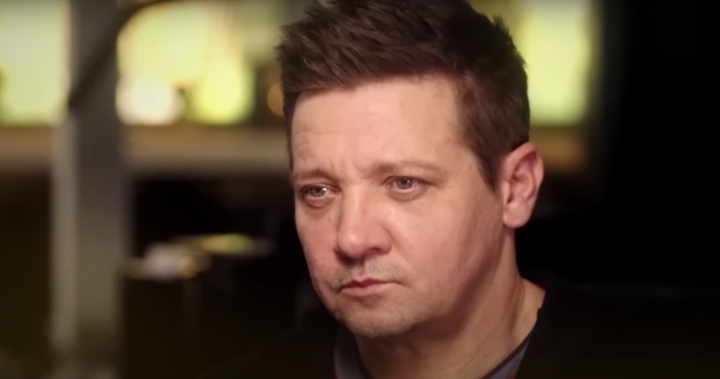Written and reviewed by Larry Gleeson
Oscar-Worthy Lawyers. To Kill A Mockingbird, a black and white film, based on Harper Lee’s novel of the same title, tells the story of a Deep South attorney, Atticus Finch, who defends a black man accused of rape while teaching his children about the world’s racial prejudices. Gregory Peck embodies Atticus Finch in a credible way with mannerisms, costuming, voice, and intelligence. Finch has two children, a rambunctious, ten-year-old son, Jem (Phillip Alford) and the precocious six-year-old, tomboy, Scout (Mary Badham). The story is set in Depression-era, Maycomb, Alabama, 1932.
While the introductory credits are rolling, non-diegetic, a pair of young hands open a box in a directly overhead frame, a “god shot,” revealing the contents of a cigar box with items that the viewer will see throughout the film. The musical score by Elmer Bernstein competes with the young girls playful humming. The film opens with a descending crane shot revealing a dirt road with a man in the distance walking toward camera as a voice over narration begins, “Maycomb was a tired-old town even in 1932 when I first knew it…there was nowhere to go, nothing to buy and no money to buy it with, although Maycomb County had been told there was nothing to fear but fear itself. That summer I was six years old.”
To Kill A Mockingbird is told through Scout’s eyes presumably in 1962 when the film came out. Mulligan through the narrative voice over segues the viewer into the realities of 1932 in Maycomb, Georgia, with “lazy days,” childhood antics, and coming of age. The viewer is also introduced to Boo Radley (Robert Duvall), Miss Dubose are two colorful characters. Miss Dubose is a crotchety old dame who chides the Finch children for their manners. Boo Radley is an enigmatic figure in the neighborhood with numerous stories circulating about Boo’s behavior. Jem claims Boo is six and a half feet tall and is kept chained to a bed except at night when he’s let out. Furthermore, Jem tells Dill, a character inspired by Harper Lee’s childhood friend, Truman Capote (In Cold Blood), Boo eats squirrels and cats when he’s out at night and drools all the time with popped out eyes.
At the end of the first act, Atticus explains to how he was taught “to kill a mockingbird” was a sin. Atticus explained mockingbirds “just make music for us to enjoy…they sing their hearts out for us. “But when Atticus is selected to publicly defend Tom Robinson, a black man accused and convicted of raping a white woman despite his obvious innocence, the world changes. Leading up to the trial and after, racial prejudice runs rampant. After Mr. Robinson is shot and killed supposedly while trying to escape while he was being driven to prison. In poetic justice, an unlikely hero emerges in the form of Boo Radley at the film’s climactic moment.
The courtroom scenes during the Robinson trial are the film’s most dramatic and telling of the prejudicial injustice embedded within the trial by jury theory in Maycomb County. The presumption of the theory is twelve members of the jury not only come from the community but are also considered peers, and/or social equals – not the case in the trial of Tom Robinson. To Kill A Mockingbird is considered a classic, and rightfully so, in my opinion. The film deals with racial prejudice in a very dramatic manner through the trial of Tom Robinson. Furthermore, the characters are compelling and colorful. While Atticus Finch may not have all the answers for his young children, they both seem to be on the path of righteousness. Highly recommended.
























